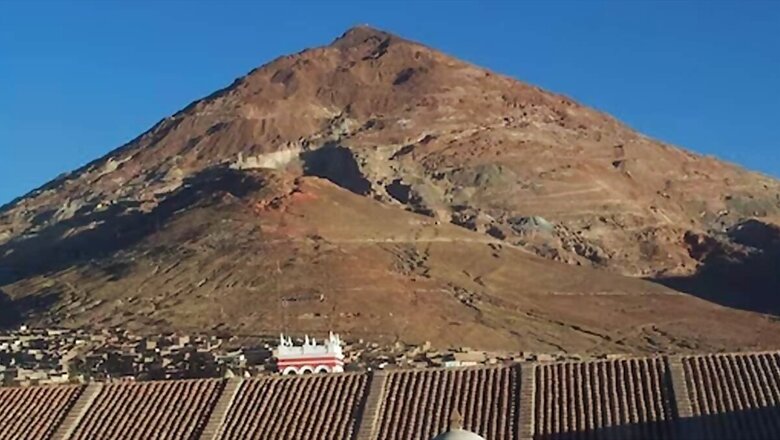
views
Mining in Bolivia has played a crucial role in the country’s economic and political landscape since the 16th century, with silver extraction from the Cerro Rico mountain being a significant contributor. However, the mountain, once known for its wealth, earned a grim reputation as the “man-eating mountain” due to a tragic incident involving Quechua and African slaves who were sent to mine its depths. Trapped underground, these workers and millions of others succumbed to the harsh conditions, marking a dark chapter in Bolivia’s history.
Cerro Rico serves as a poignant symbol of Bolivia’s past, reflecting the suffering and exploitation endured by those who toiled as miners. The mountain’s structural integrity has been compromised over time by continuous silver mining, leading to erosion-induced weaknesses. Despite governmental efforts to stabilize it with lightweight cement, a sinkhole deepens incrementally each year, posing a threat to the mountain’s stability.
Addressing this issue involves considering the cessation of mining activities, a solution that could jeopardise the city’s primary source of livelihood. With approximately 15,000 miners dependent on this industry, it poses a complex dilemma for the local population. The Cooperativa Minera Compotosi Ltd, a labour movement, persistently pressures the government to enhance safety standards in the mining sector.
Situated at an altitude of 4800 meters, Cerro Rico is not merely a historical monument but also an extinct volcano with a rich geological history. During the Miocene epoch, which occurred around 24 to 5 million years ago, a metal-rich belt comprising tin and silver formed in the mountain. Erosion during this epoch revealed a core abundant in silvery metallic minerals, contributing to the geological diversity of the region.
Preserving the cultural and geological significance of Cerro Rico necessitates a delicate balance between economic activities and environmental sustainability. The ongoing challenges underscore the importance of implementing responsible mining practices and safeguarding the well-being of the local population while respecting the historical legacy embedded in Bolivia’s mountains.


















Comments
0 comment